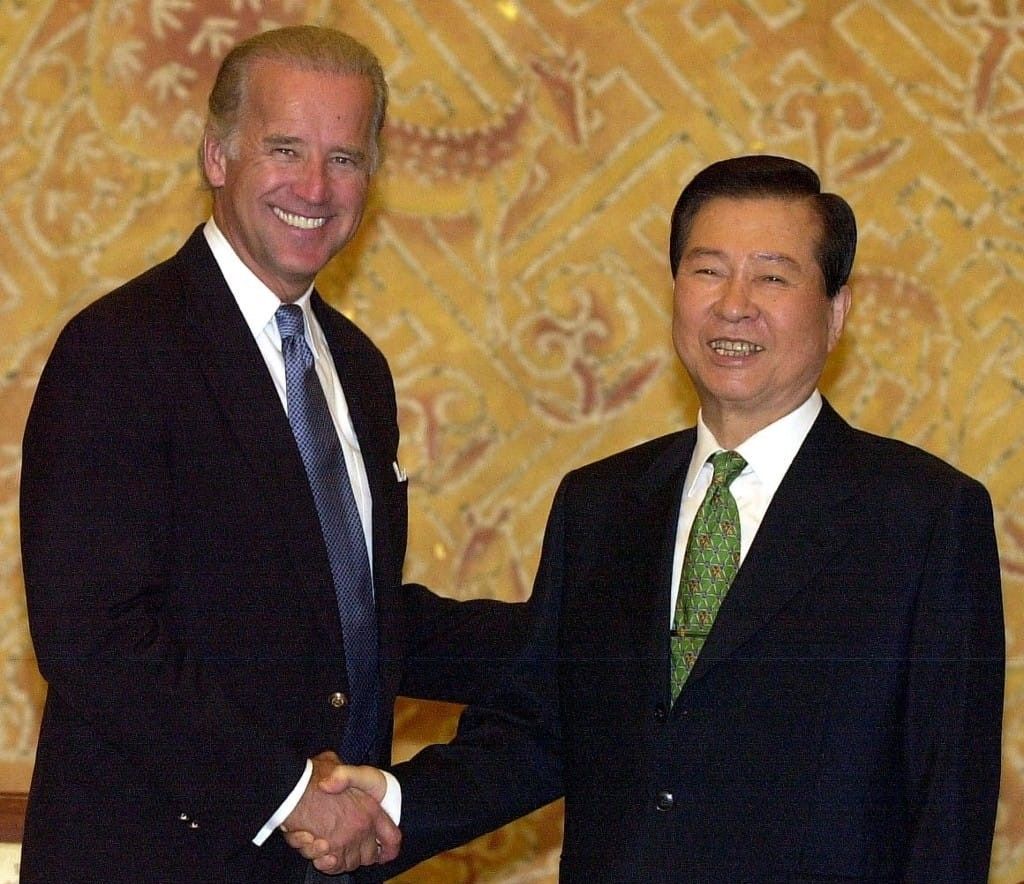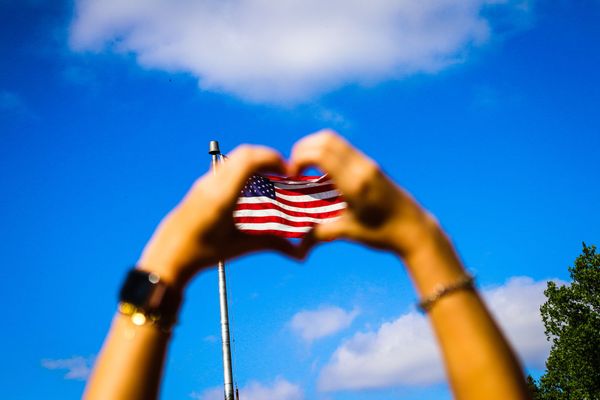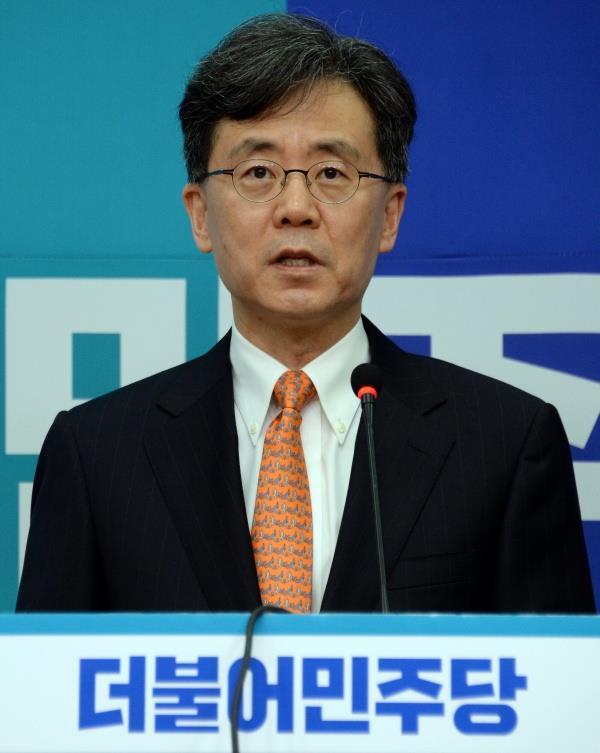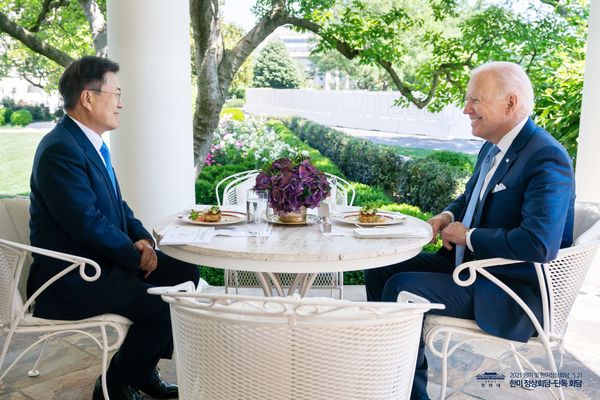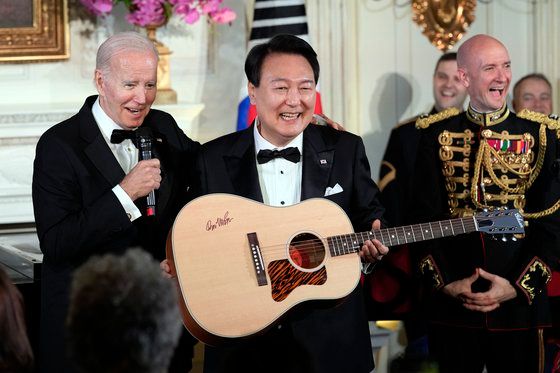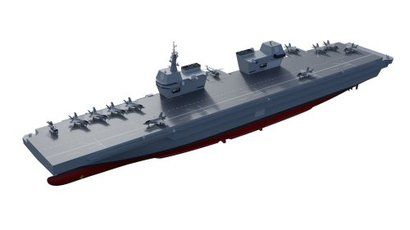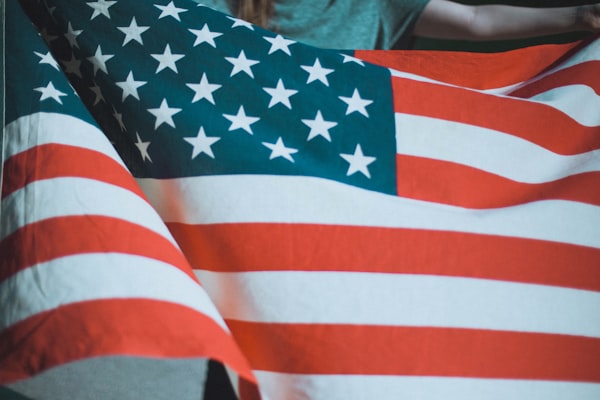Photo: US Senator Joe Biden meets President Kim Dae-jung in Seoul, c. 2001. Credit: Facebook page of Jang Seong-min.
As a graybeard of Washington DC. US president-elect Joe Biden has a long-standing relationship with South Korea. Biden is known to have been a good friend of the late Kim Dae-jung 김대중, first striking up a relationship with the democracy activist when he sought refuge in the United States in 1982 following a series of imprisonment and assassination attempts by South Korea’s fascist military dictatorship. When Kim Dae-jung later became South Korea’s president, then-Senator Biden visited Seoul in 2001. On that visit, Biden reportedly complimented Kim’s neck tie while commenting on his own failed first presidential run in 1988, saying: “I would have been the president if I wore a nice tie like that one.” Flattered, Kim Dae-jung immediately took off his tie and gave it to Biden as a gift.
But the Korean Peninsula in 2020 is a vastly different place from the 1980s, or even 2001. For decades, the United States sought to prevent North Korea from acquiring a nuclear weapon; when Pyongyang did develop a nuclear weapon, the US sought to prevent it from building an intercontinental ballistic missile that could threaten the continental US. Today, Kim Jong Un has both. The new US administration must respond flexibly to this new reality, and accept that at the very least, denuclearizing North Korea will not be a swift process, and may well be preceded by years of tacitly recognizing North Korea as a nuclear power as the US and its East Asian allies construct an environment in which the Kim Jong Un regime might be induced to relinquish its nuclear program.
The changes in the southern half of the Peninsula are even more dramatic. Since 1973, when Biden first took his seat as the US Senator for the State of Delaware, South Korea has gone from a military dictatorship to a thriving liberal democracy, and from a nation of sweatshops to a top-10, high-tech economy. South Korea can no longer be considered a mere client state of the United States, an auxiliary piece in the regional order, as it was in the 1970s. Situated in East Asia, located a stone’s throw away from the increasingly illiberal China, South Korea must now be a standalone focus for US foreign policy. As Professor Jeffrey Robertson astutely noted, “South Korea, not North Korea, should be a priority for the next [US] administration.”
For all the faults of the Donald Trump administration - indeed, the faults are too many to list - a faint praise that one could allow is that under Trump, US foreign policy finally began to focus on the correct area of the world by prioritizing China and the Koreas. It has been decades since East Asia supplanted the Middle East and Europe as the world’s most important region, both generally and specifically for the interest of the United States. Prioritizing East Asia means recognizing that America’s East Asian allies like South Korea and Japan are as important as West Germany and the United Kingdom at the height of the Cold War. Recognizing this fact would require a fundamental shift in how the Washington DC foreign policy circles have traditionally perceived the world. Here’s to hoping that the graybeard Biden and his foreign policy team are able to make that adjustment.


